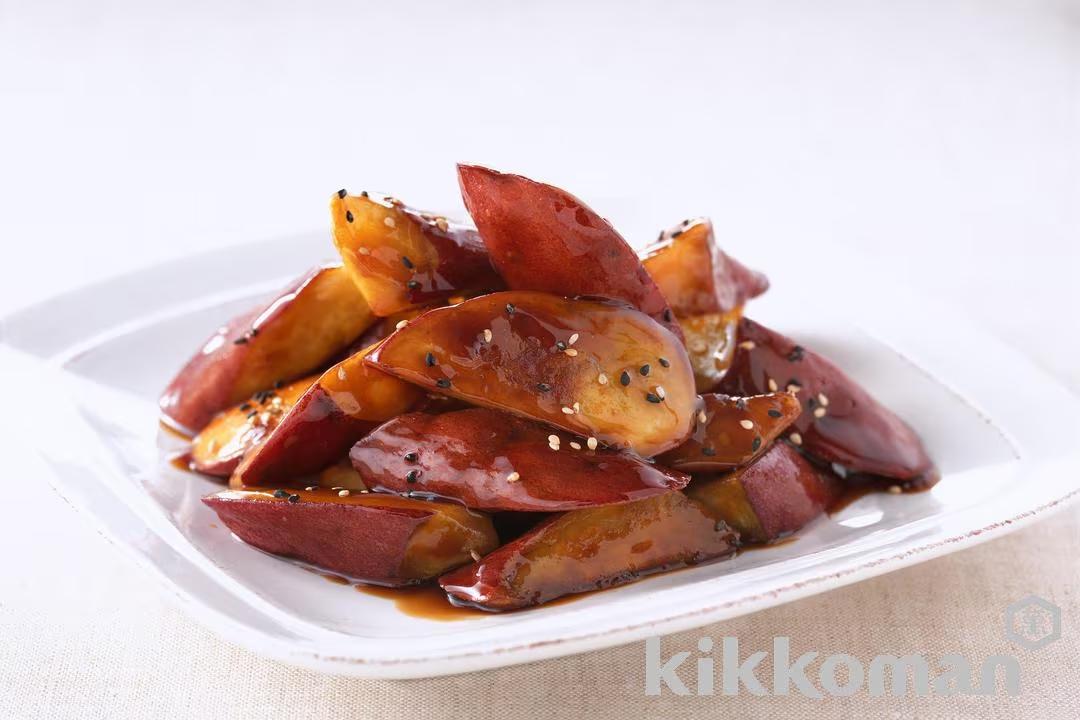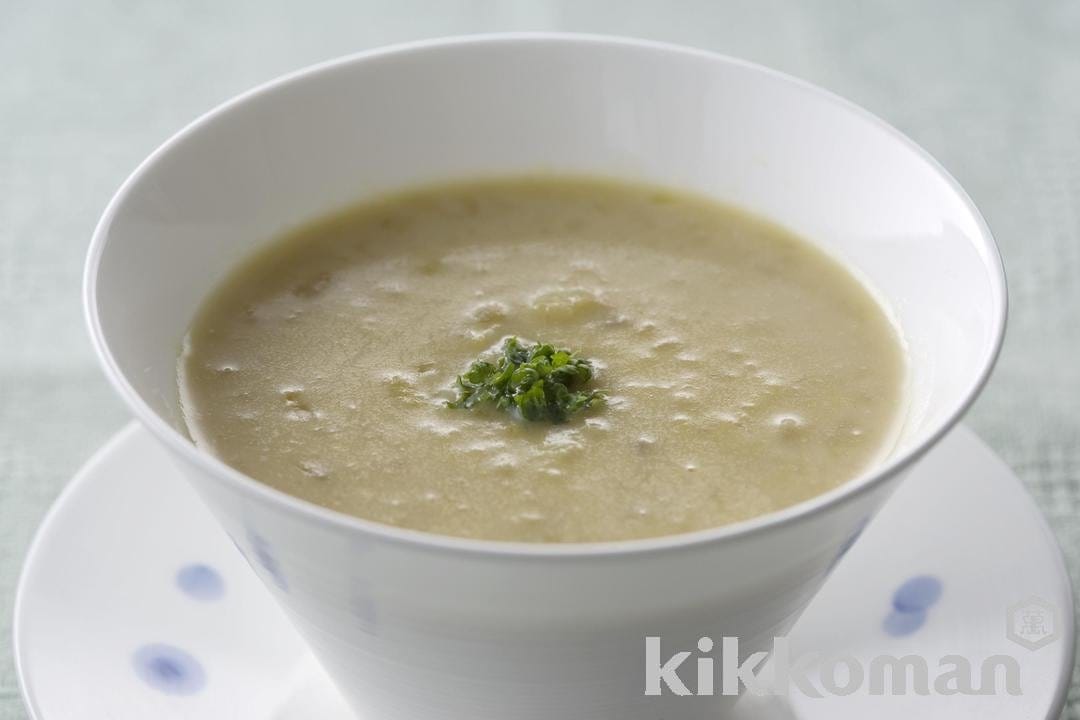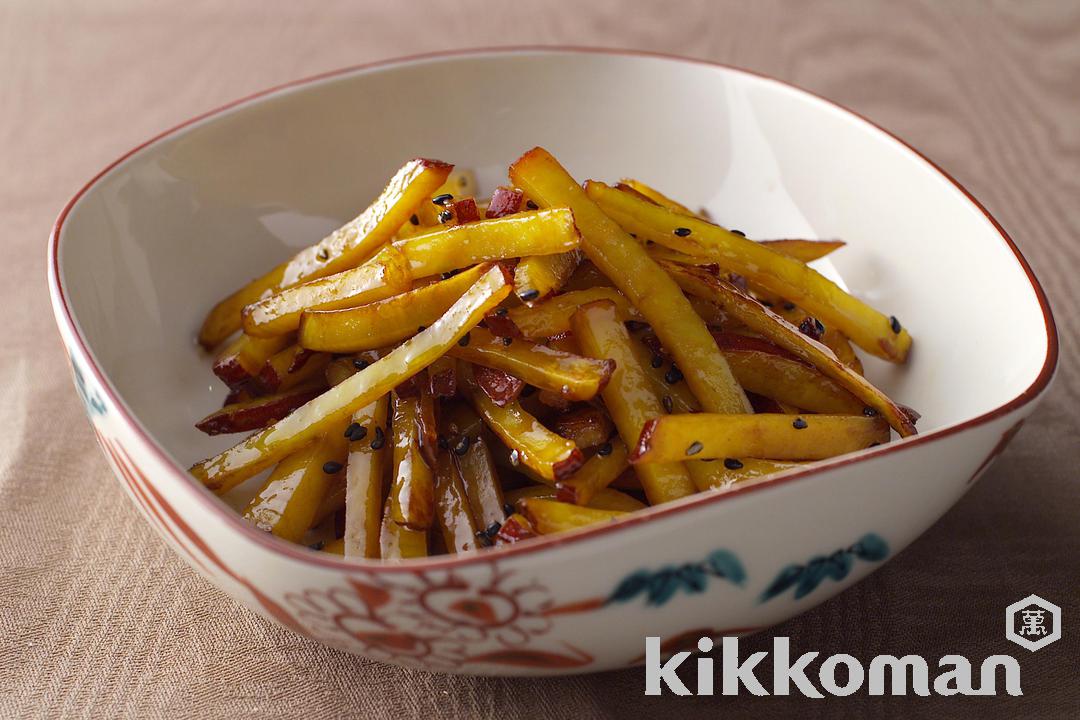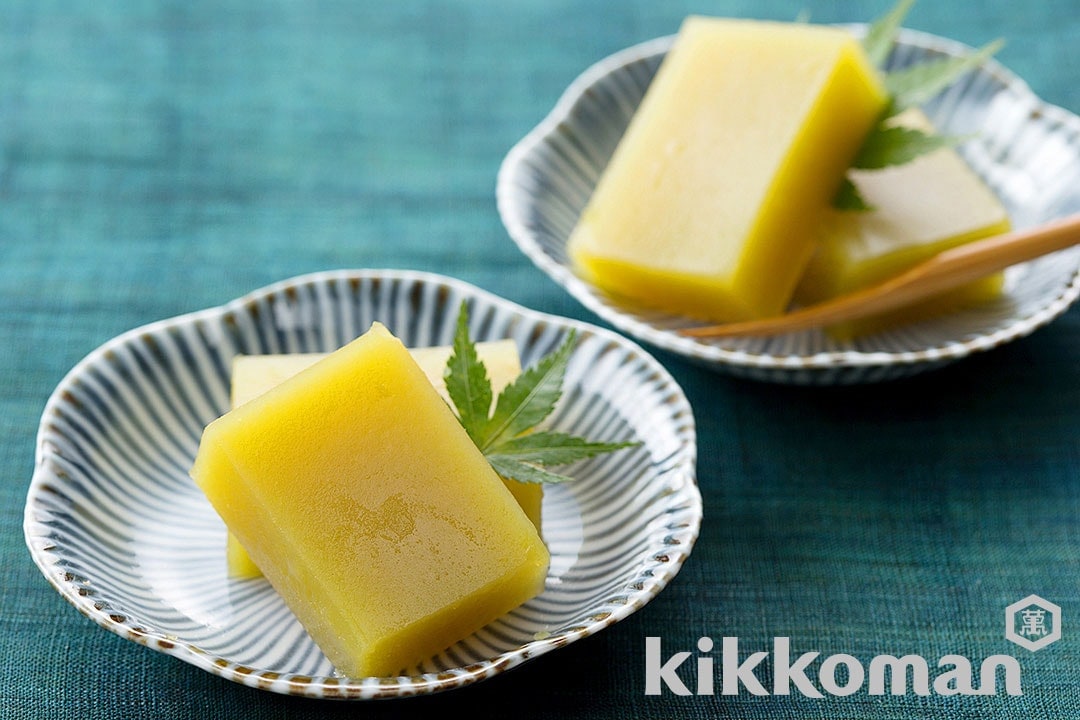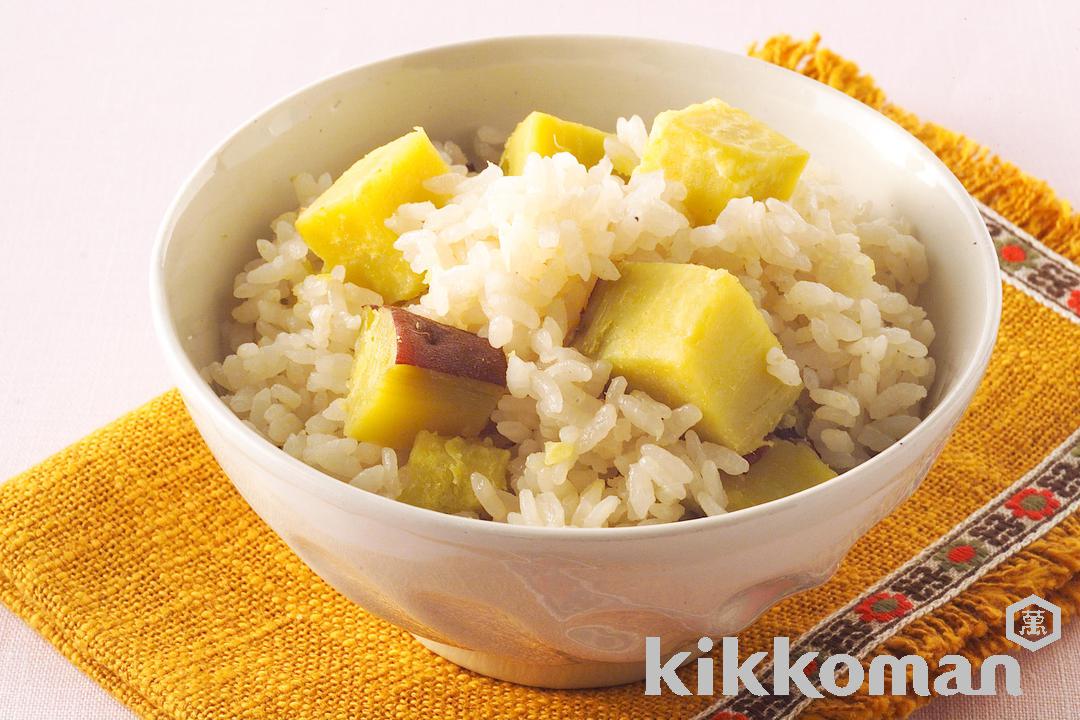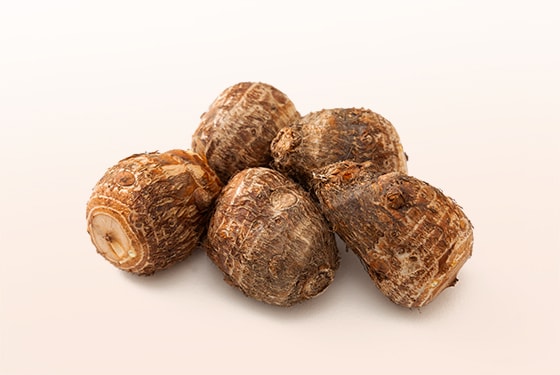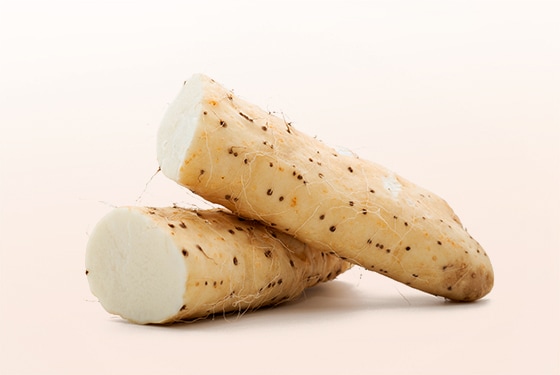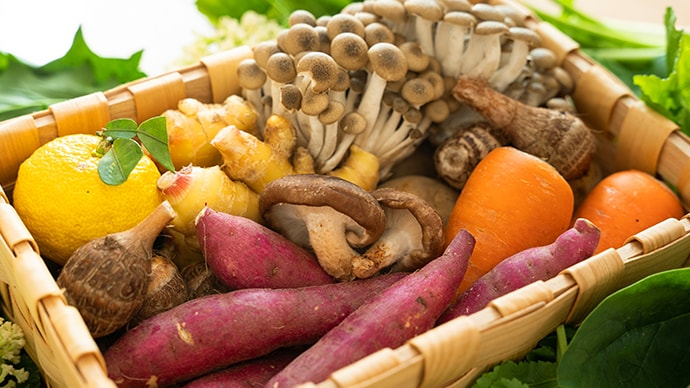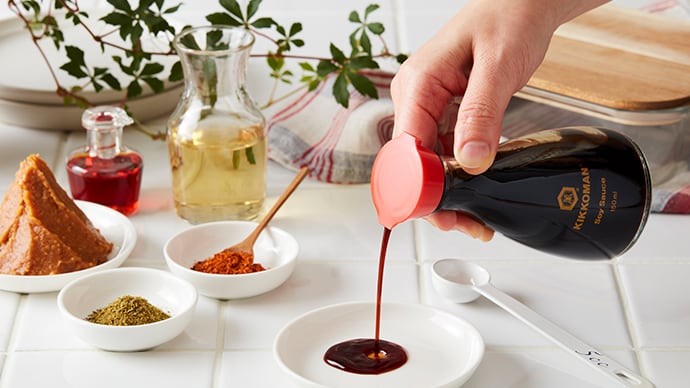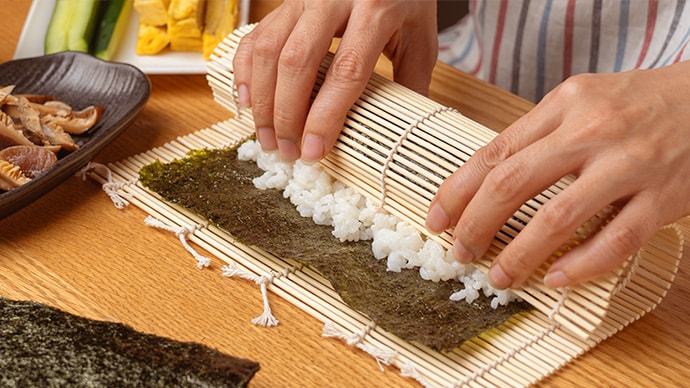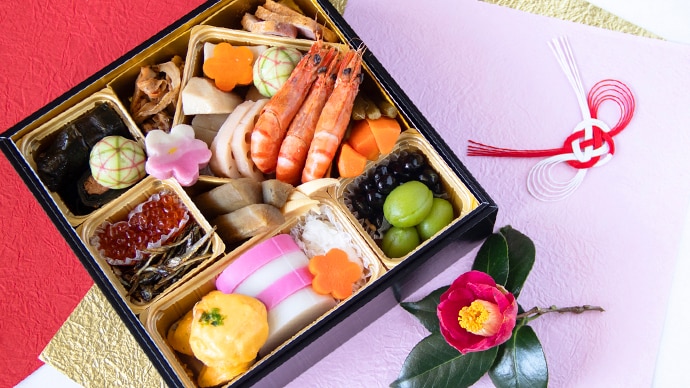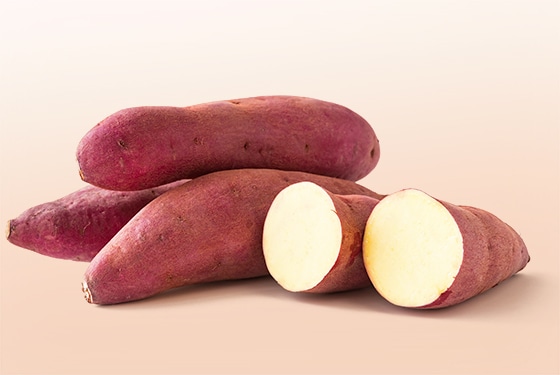
Potatoes with a natural sweetness and purple-red skin indispensable for tempura and Japanese sweets
What are sweet potatoes?
Sweet potatoes (さつまいも in Japanese) are a type of potato with purple-red skin. Called "satsumaimo" in Japanese due to the fact that these root vegetables spread throughout Japan from the Satsuma Domain (present-day Kagoshima Prefecture) during the Edo period. Well-suited for deep-fried dishes such as tempura and simmered dishes, sweet potatoes are also an essential ingredient in Japanese sweets such as sweet potato yokan (traditional Japanese sweet jelly). Other popular varieties include sweet potato cakes, dried sweet potatoes, and baked sweet potatoes. Recently, new varieties of the sweet potato have appeared, such as those with white skin, orange flesh, as well as those with an intense sweetness and sticky texture.
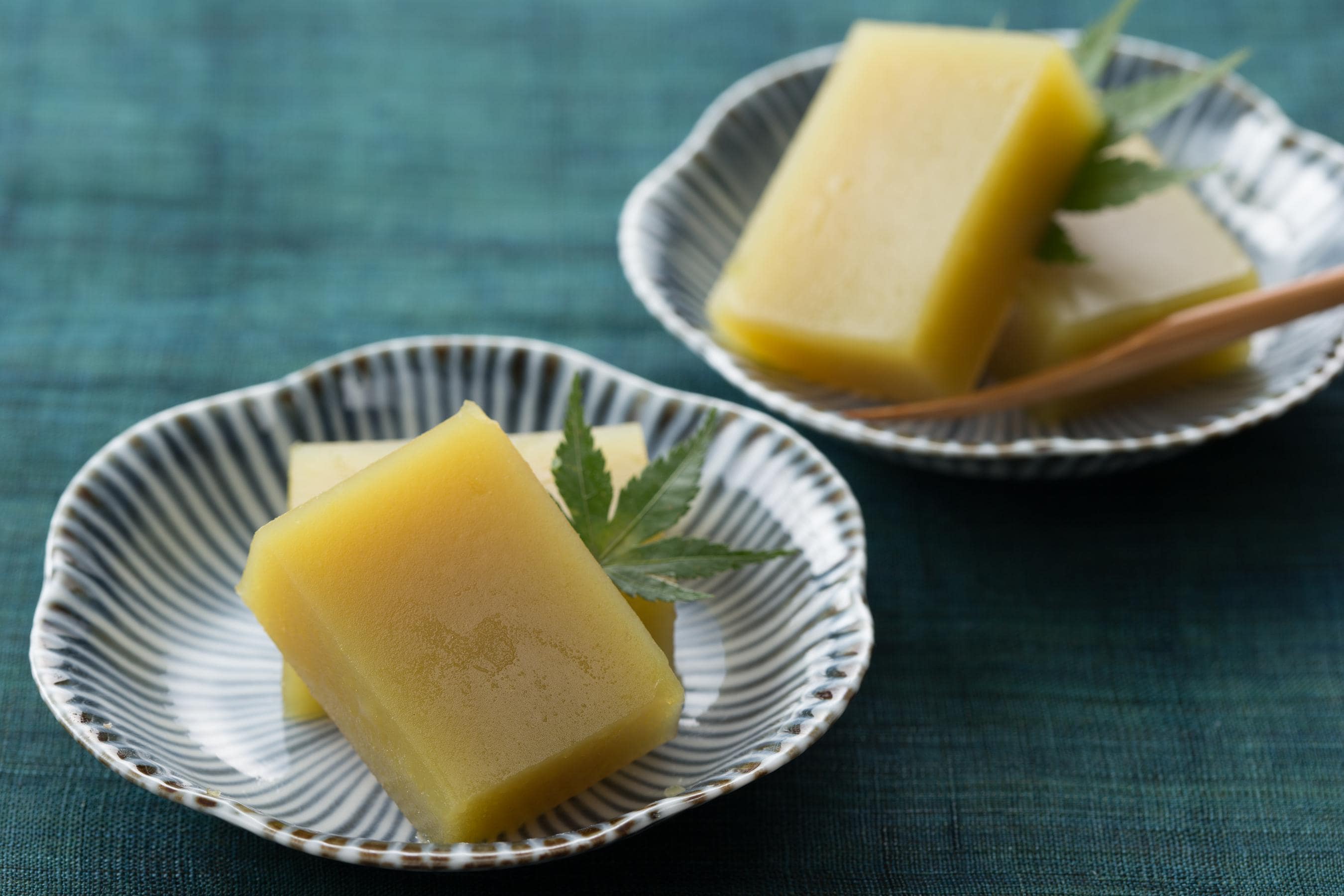
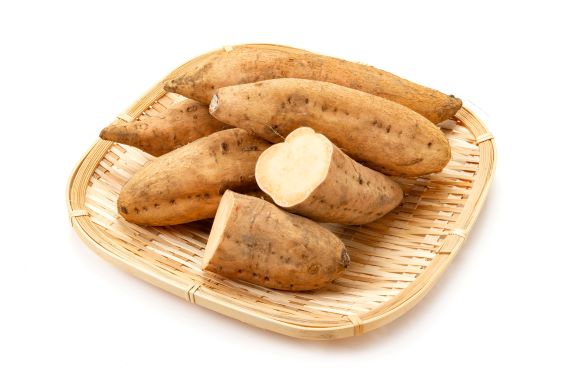
Nutrition facts
Sweet potatoes are rich in starch, dietary fiber, potassium, and vitamin C. Dietary fiber aids suppression of rises in cholesterol and blood sugar levels and helps improve gut health. Potassium promotes excretion of excess salt and contributes to regulating blood pressure. In addition, the vitamin C contained in sweet potatoes is not easily diminished by heating. Sweet potatoes also contain folic acid, which helps with cell production and repair and is an important nutrient, especially for pregnant women.
The resin component, yarapin, contained in sweet potatoes has the effect of softening stool. In addition, the skin of sweet potatoes contains a pigment called anthocyanin, which protects capillaries, has antioxidant properties, and helps protect eyesight. Sweet potatoes with purple flesh particularly contain a lot of anthocyanin. Additionally, sweet potatoes with orange flesh are rich in beta-carotene.
Storage to prevent food loss
Sweet potatoes are sensitive to the cold. Wrap in newspaper, place in a plastic bag, and store in a cool, dark place (around 15 C or about 60 F). In hot weather, you can also store them in the refrigerator. Feel free to cut to the size you want for cooking, wash lightly with water, wipe dry and freeze raw.
Trivia
When sweet potatoes are heated, their maltose content increases, making them sweeter than when raw. Although their peak season is autumn, if stored properly after harvesting, the starch content turns into sugar and the moisture is removed, making them sweeter. Stored sweet potatoes shipped in winter are sweeter than sweet potatoes in season.
Cooking Basics

To remove excess starch, place cut sweet potatoes into cold water making sure the cut surfaces are submerged. This step is especially recommended for "kinton" (Japanese-style mashed sweet potato) and other lightly seasoned dishes where a delectable color is desired. Soaking time of about 5 minutes is sufficient.
Related Recipes
15min
97kcal
200mg
20+min
442kcal
472 mg


